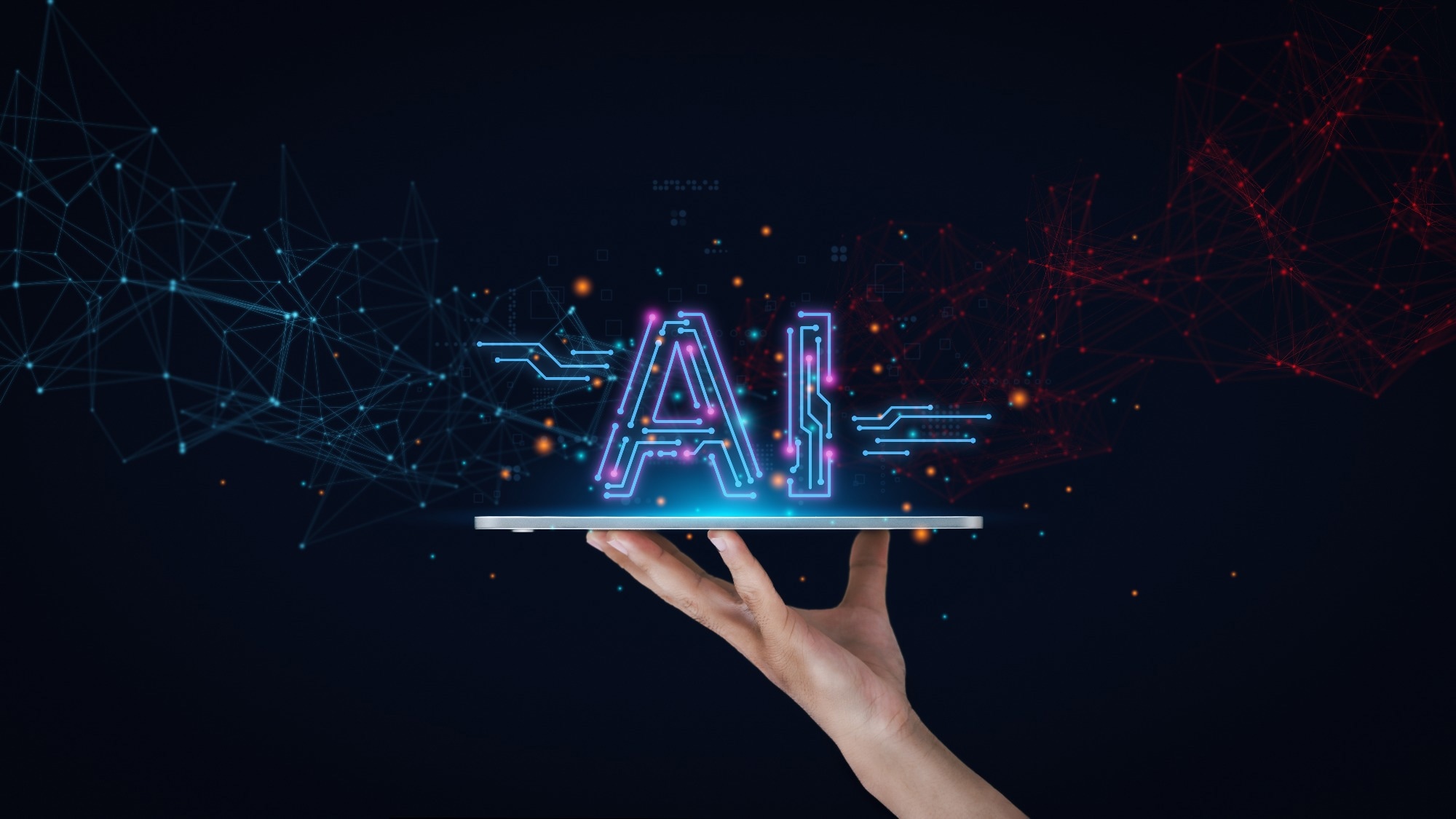In an article published in the journal Humanities and Social Sciences Communications, researchers from China demonstrated the challenges and opportunities of eXplainable artificial intelligence (XAI), a field that aims to make AI systems more transparent and understandable to human users. Moreover, they proposed an innovative ritual dialog framework (RDF) to enhance user trust and understanding of XAI.
 Study: Redefining Understanding: A Ritual Dialog Framework for Transparent AI. Image credit: Deemerwha studio/Shutterstock
Study: Redefining Understanding: A Ritual Dialog Framework for Transparent AI. Image credit: Deemerwha studio/Shutterstock
Background
AI is a rapidly evolving technology with applications in various domains, such as health, education, security, and entertainment. However, many AI systems are complex, making it difficult for users to comprehend how they work and why they produce certain outcomes. This lack of transparency and explainability can raise ethical, social, and legal issues, such as accountability, fairness, privacy, and user autonomy.
To address these issues, researchers have developed various techniques to make AI systems more explainable, such as counterfactual, case-based, natural language, and functional explanations. These methods provide information about the internal logic, processes, and decisions of AI systems, as well as the reasons and consequences of their outcomes. However, these methods face challenges, such as trade-offs between accuracy, inconsistency of explanations, and users' cognitive and emotional biases.
About the Research
In the present paper, the authors discussed that the existing XAI techniques are insufficient to achieve the ultimate goal of user understanding, which is a cognitive achievement that goes beyond mere explanation. They suggested that user understanding of XAI is multifaceted and complex and can be influenced by various factors, such as the type of explanation, the level of transparency, the context of use, and the social and ethical implications of AI outcomes.
The study analyzed contrastive, functional, and transparency understanding implied by existing XAI methods. Contrastive understanding compares different possible outcomes of AI systems and explains why one outcome was preferred over another, while functional understanding describes the purpose and effectiveness of AI systems in achieving a specific goal. Transparency understanding refers to disclosing the internal structure and mechanism of AI systems and ensuring the user's right to know.
Additionally, the researchers identified the strengths and weaknesses of each type of understanding and highlighted the dilemmas and conflicts that arose from them. For example, contrastive understanding might have simplified the complexity of AI systems and reduced the user’s cognitive load, but it might also have neglected the explanation of features and functions within AI systems and led to a relativistic and inconsistent understanding.
Functional understanding might have facilitated the user’s grasp of the AI system’s function and utility, but it might also have led to irrelevant or misleading explanations and overlooked the ethical and social implications of AI outcomes. Transparency understanding might have enabled the user’s access to the internal workings of AI systems and protected their rights and interests, but it might also have raised privacy and security concerns and overwhelmed the user with technical details.
Furthermore, a new framework called the RDF was developed to enhance user trust and understanding of XAI. This approach is based on the concept of ritual dialog, drawing inspiration from anthropological and philosophical literature on the role of rituals in creating and communicating social meanings and values. The authors indicated that dialogue between the creators and the users of AI systems can be seen as a form of ritual, symbolizing a shared commitment to transparency, empathy, and democratization of AI knowledge.
Research Findings
The outcomes demonstrated that the developed RDF could effectively address the limitations and challenges of existing XAI methods by providing a structured, symbolic, and interactive system for exchanging information and feedback between AI system creators and users. Additionally, it facilitated a comprehensive and dynamic understanding of XAI by acknowledging the social and ethical context and implications of AI outcomes, while also evolving alongside advancements in AI technology. Moreover, it empowered users by allowing them to question, challenge, and even co-create the AI systems they interact with, thus fostering a sense of agency and responsibility.
Furthermore, the study outlined the main components and requirements of the RDF, such as establishing a common goal, willingness to participate, effective communication, and the ability to predict and integrate new information. The paper also discussed potential benefits and challenges associated with implementing the RDF, including enhancing user trust and satisfaction, facilitating user feedback and participation, and addressing ethical and social concerns.
Moreover, the authors suggested that the RDF could be applied to various domains and scenarios where XAI is necessary, such as health, education, security, and entertainment. They provided examples of how the RDF could improve user understanding and trust in XAI, including explaining medical diagnoses and treatments, educational outcomes and feedback, security risks, and recommendations, as well as entertainment preferences and recommendations.
Conclusion
In summary, RDF is a novel framework with the potential to enhance user understanding and trust in XAI by introducing a fresh perspective rooted in the concept of ritual dialog. The authors asserted that RDF could address the dilemmas and conflicts of existing XAI methods by offering a comprehensive, dynamic, and interactive system for explaining AI systems and their outcomes. They also highlighted RDF's adaptability and customizability to meet the specific needs and characteristics of different users and contexts, including varying levels of expertise, types of explanation, degrees of transparency, and ethical and social values.
While acknowledging limitations and challenges such as the feasibility, scalability, and evaluation of the framework, the researchers suggested directions for further research and development in this direction. They recommended that the RDF could contribute to the responsible and ethical development and use of AI technology and foster a harmonious and beneficial relationship between humans and AI.